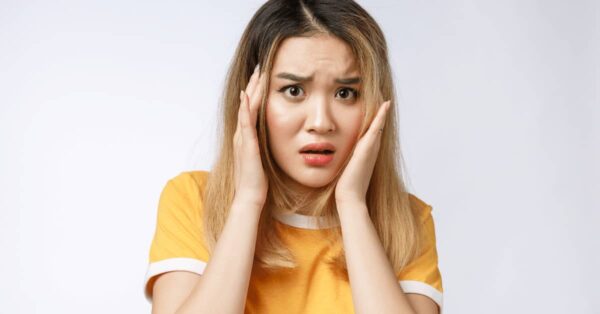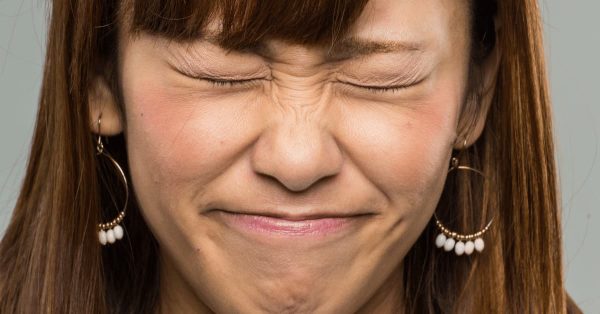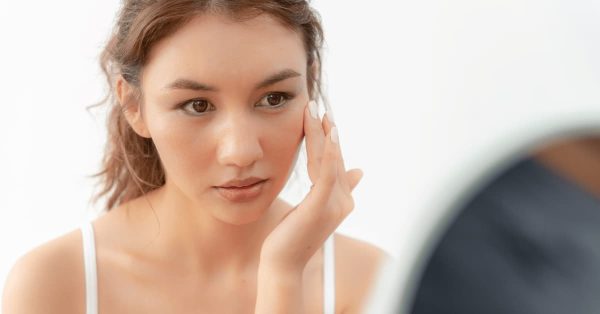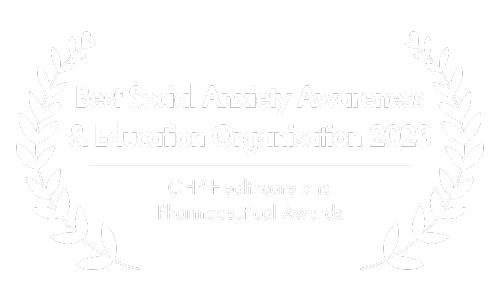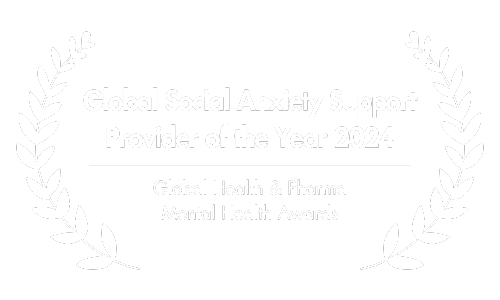Blushing and Erythrophobia: Overcoming Social Anxiety’s Rosy Hue
Blushing, a seemingly innocent physiological response, can turn into a source of distress and self-consciousness for many individuals, particularly those dealing with social anxiety.
If you find yourself wondering why you blush so easily or feeling anxious about the possibility of blushing in social situations, you’re not alone.
In this article, we will explore the fascinating phenomenon of blushing and delve into erythrophobia, the fear of blushing.
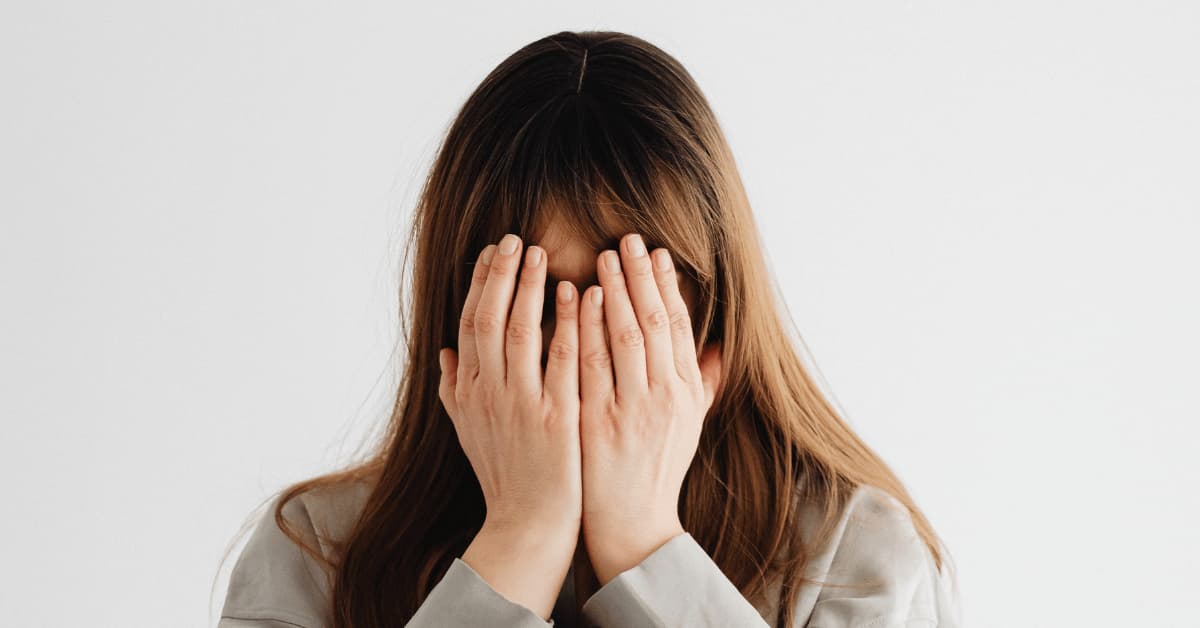
Our goal is to provide you with a deeper understanding of blushing, including its causes and triggers, as well as the impact of erythrophobia on daily life and self-esteem.
Alongside this understanding, we will equip you with practical strategies and professional insights to help you manage and overcome the challenges associated with blushing and erythrophobia.
So, if you’re seeking knowledge, support, and effective techniques to navigate the world of blushing, you’ve come to the right place.
Let’s explore the complexities of erythrophobia and empower you to regain control and confidence in social situations.

I. Understanding Blushing
Blushing, often described as the visible manifestation of embarrassment or self-consciousness, is a natural physiological response that occurs when blood vessels near the skin’s surface dilate, resulting in a reddening of the face, neck, or other parts of the body (Leary, Britt, Cutlip, & Templeton, 1992).
When triggered, blushing is a response mediated by the autonomic nervous system, specifically the activation of the sympathetic nervous system.
This response causes the blood vessels in the skin to widen or dilate, allowing more blood flow to the area. As a result, the affected areas become visibly redder due to increased blood supply.
Blushing is a normal and common phenomenon experienced by many individuals. However, its intensity and frequency can vary significantly among individuals.
A. What causes blushing?
Blushing is primarily triggered by emotional factors such as embarrassment, shame, guilt, or even positive emotions like love or admiration.
These emotions activate the sympathetic nervous system, leading to increased blood flow and vasodilation, which causes the characteristic redness of blushing.
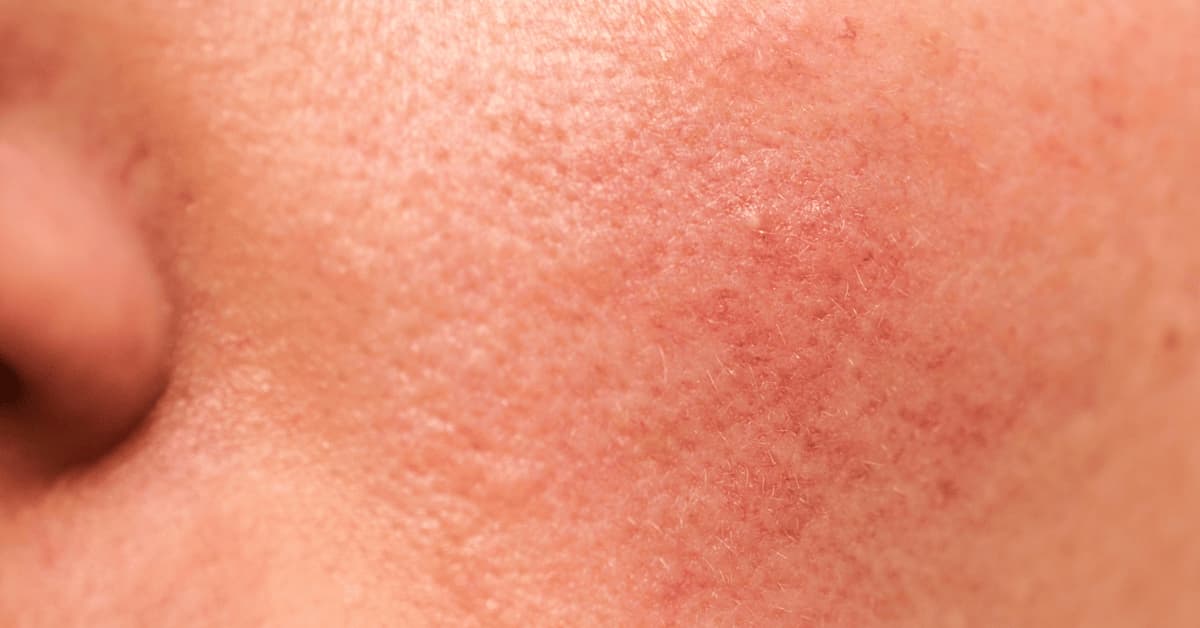
It is worth noting that this response is involuntary and automatic, meaning we do not have direct control over it.
While emotional factors are the primary triggers for blushing, it is important to recognize that individual experiences may vary. What may cause one person to blush intensely may have a different effect on another individual.
Additionally, the threshold for blushing can differ among people, with some being more prone to blushing in various situations.
B. The physiological process behind blushing
When you experience an emotionally charged situation, your sympathetic nervous system releases adrenaline, a stress hormone.
This hormone triggers a cascade of reactions in your body, including the dilation of blood vessels near the skin’s surface. As a result, more blood flows through these vessels, leading to the visible reddening of the skin.
This physiological response is a natural and involuntary reaction to emotional arousal.
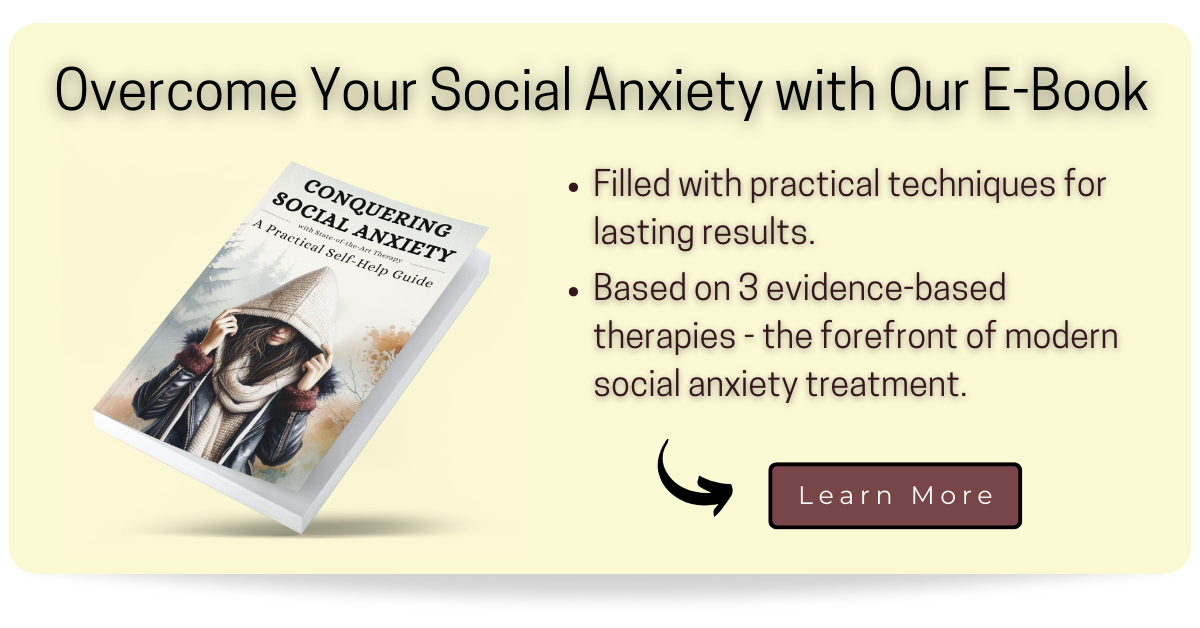
C. Common triggers for blushing
Blushing can be triggered by a variety of factors, and it is important to recognize the common situations or experiences that often lead to blushing episodes.
Social interactions, particularly in high-pressure or anxiety-provoking situations, such as meeting new people, engaging in public speaking, or participating in group discussions, can frequently trigger blushing.
Additionally, being the center of attention, making mistakes or being embarrassed, receiving compliments or praise, and even the mere thought or anticipation of blushing itself can all contribute to blushing episodes
Identifying your personal triggers can help you anticipate and manage blushing episodes more effectively.

D. Evolutionary explanation for blushing
Blushing, as a physiological response, may have evolutionary roots in social communication. It serves as a nonverbal signal, conveying your emotional state to others and indicating sincerity or remorse.
By displaying visible signs of blushing, such as the reddening of the face, neck, or other parts of the body, individuals may communicate their genuine emotional reactions to those around them. This can foster trust, empathy, and social bonding, as it provides a visible indicator of one’s internal state.
Moreover, blushing can serve an appeasing function, especially in social hierarchies. When we perceive that we have violated social norms or rules, blushing can signal to individuals higher up in the social hierarchy that we are aware of our mistake and pose no threat.
This appeasing function of blushing helps to diffuse potential conflicts and maintain social harmony within groups (Gilbert, 2001).
E. Differentiating between normal blushing and excessive blushing
While blushing is a normal physiological response, some individuals may experience excessive or chronic blushing, which can significantly impact their quality of life and self-esteem (Nikolić et al., 2020).
If blushing becomes distressing or interferes with daily functioning, it may be beneficial to seek support and explore strategies for managing it effectively.
In the following sections, we will delve deeper into the fear of blushing, its impact, and various techniques to help you regain control and reduce blushing episodes.

II. The Fear of Blushing (Erythrophobia)
For some individuals, blushing can go beyond a mere physiological response and evolve into a full-blown fear known as erythrophobia (Laederach-Hofmann, Mussgay, Büchel, Widler, & Rüddel, 2002).
Erythrophobia is characterized by an intense and irrational fear of blushing in public or social situations. It can significantly impact one’s self-esteem, social interactions, and overall well-being.
A. Definition and symptoms of erythrophobia
Erythrophobia, originating from the Greek words “erythros” meaning red and “phobos” meaning fear, is a specific phobia marked by an overwhelming and irrational fear of blushing.
Individuals with erythrophobia experience heightened anticipation of blushing episodes, leading to excessive anxiety and distress.
This phobia is characterized by an intense fear response specifically directed towards blushing, which can significantly impact their daily lives and well-being.
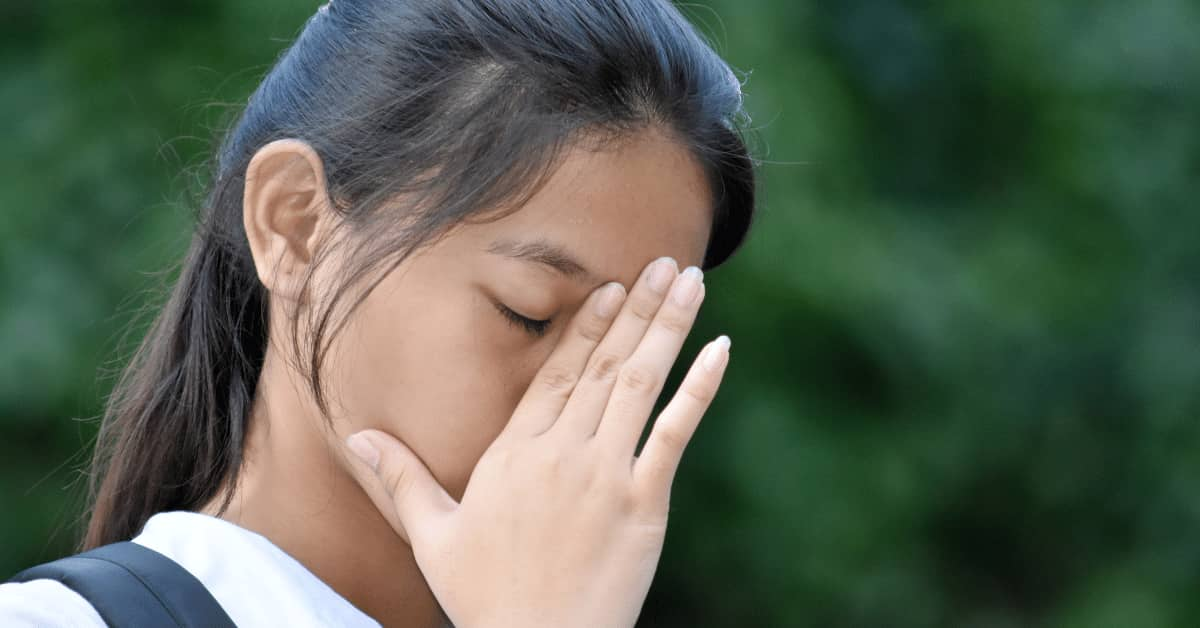
Individuals with erythrophobia often experience intense anxiety in social situations, worrying excessively about potential blushing and its consequences.
It can lead to avoidance behaviors, where individuals avoid social interactions or situations that they believe may trigger blushing. This avoidance can have a negative impact on relationships, career opportunities, and overall quality of life (Stefaniak, 2012).
B. The impact of erythrophobia on daily life and self-esteem
Living with erythrophobia can be challenging. The fear of blushing may lead to social withdrawal, avoidance of certain situations, and limitations in personal and professional life.
It can erode self-confidence and contribute to feelings of shame, embarrassment, and even depression and social anxiety disorder.
Social anxiety disorder, also known as social phobia, refers to an intense and persistent fear of social situations, where individuals may feel judged, embarrassed, or humiliated. It is a common mental health condition that can significantly impact a person’s daily life and well-being.
If you wish to learn more about social anxiety and its various aspects, you can click here to read our complete introductory guide.
C. Contributing factors and potential underlying causes
Erythrophobia can stem from past experiences of embarrassment, humiliation, or negative reactions due to blushing. These experiences can create a fear response that becomes associated with blushing in general.
It’s important to recognize that erythrophobia is a legitimate psychological condition that deserves understanding, support, and effective treatment.
As already mentioned, erythrophobia often coexists with social anxiety disorder, where individuals experience intense anxiety in social situations (Pollentier, 1992). Blushing becomes a focal point of their anxiety, amplifying their fear and avoidance behaviors.

If you wish to delve deeper into the causes of social anxiety, which significantly overlap with the causes of erythrophobia, you can click here to explore our comprehensive guide on the topic.
In the upcoming sections, we will explore strategies to manage blushing, cope with erythrophobia, and work towards reclaiming your confidence and well-being.
III. Practical Tips to Reduce Blushing
While it may not be possible to completely eliminate blushing, there are practical strategies and lifestyle adjustments that can help minimize its occurrence and manage its impact on your daily life.
By incorporating these tips into your routine, you can gain a greater sense of control over blushing episodes and feel more at ease in social situations.
A. Lifestyle adjustments for managing blushing
- Stay hydrated: Proper hydration helps maintain good blood circulation and can potentially reduce the intensity of blushing.
- Cool down your body: In situations where you anticipate anxiety or fear of blushing, carry a water bottle with cold water or even ice cubes. Cooling down your body can make the blushing response less likely or less intense.
- Dress strategically: Choose clothing that can help camouflage any visible redness, such as wearing colors that complement your skin tone or opting for breathable fabrics.
- Manage stress: Engage in stress-reducing activities like exercise, meditation, or hobbies to help minimize the likelihood of blushing episodes. Elevated stress levels can increase the frequency and intensity of blushing, so incorporating stress management techniques into your routine can be beneficial in managing this response.
- Limit caffeine and alcohol intake: Both caffeine and alcohol can potentially trigger blushing or worsen existing blushing episodes, so it may be helpful to reduce consumption or avoid them altogether.
- Employ distraction techniques: When you feel the onset of blushing, redirect your attention to something else. Engage in an activity that captures your focus, such as counting backward from 100, mentally reciting a favorite poem, or focusing on the details of your surroundings.

B. Effective makeup techniques to camouflage blushing
- Color-correcting makeup: Utilize color correctors, such as green-tinted primers or concealers, to neutralize redness before applying foundation or concealer.
- Use a light hand: Apply makeup lightly to maintain a natural look. Be mindful of certain products that may draw attention to your face, such as heavy or cakey makeup. Opt for makeup products and techniques that enhance your natural features and promote a balanced, subtle appearance.
- Setting spray: Consider using a setting spray after applying makeup to help enhance its longevity and reduce the likelihood of smudging. This can help maintain a fresh appearance throughout the day and minimize the chances of any redness becoming more noticeable.
- Blotting papers: If you experience excess oil on the skin or shine throughout the day, carrying blotting papers can be helpful. These papers can quickly absorb oil and reduce shine, allowing you to maintain a more balanced complexion.

C. Strategies for handling specific blushing-inducing situations
- Deep breathing and relaxation techniques: Practice deep breathing exercises and relaxation techniques to help calm your body and reduce anxiety in blushing-triggering situations.
- Redirect focus: Shift your attention away from your blushing and your face by focusing on engaging in conversations, listening actively, or participating in activities that distract you from self-conscious thoughts.
- Positive self-talk: Practice positive affirmations and self-encouragement to avoid self-criticism and protect your confidence and remind yourself that blushing is a natural response that doesn’t define your worth or abilities.
- Awareness of triggers: Recognize specific triggers that often lead to blushing and aim to understand them better. Instead of solely relying on avoidance as a strategy, consider gradually exposing yourself to these triggers to help desensitize your response. This approach, known as systematic desensitization, can be done under the guidance of a mental health professional experienced in anxiety disorders.
For more practical tips and exercises to effectively manage and reduce social anxiety, you can click here to access our comprehensive article covering 20 actionable strategies.

Remember, the goal is not to completely eradicate blushing, but rather to find practical ways to manage and reduce its impact. It’s important to strike a balance between taking practical actions and developing an accepting attitude towards blushing.
Trying to suppress or fight the blushing response can often exacerbate it. Embracing a mindset of mindful self-compassion can help foster acceptance and reduce the distress associated with blushing episodes.

In the next section, we will explore the importance of finding a balance between practical actions and acceptance, as well as strategies for building self-compassion.
Together, these approaches can empower you in your journey to manage blushing and overcome erythrophobia.
IV. Cultivating Acceptance and Self-Compassion
Managing blushing goes beyond practical actions; it involves cultivating an accepting attitude towards the natural bodily response.
By embracing mindfulness, self-compassion, and positive self-talk, you can navigate blushing with greater ease and reduce the associated distress.

Understanding why these approaches are important will help you avoid exacerbating the blushing response. Here’s why:
A. Mindfulness and acceptance
- Practice mindfulness meditation: Engaging in mindfulness meditation allows you to observe the blushing response without judgment. By accepting the sensations, thoughts, and emotions associated with blushing, you avoid amplifying the response through resistance or frustration.
- Acceptance of blushing: Resisting or fighting against blushing can intensify the response due to the physiological and psychological processes involved. Accepting blushing as a normal part of your body’s functioning helps reduce the anxiety and self-consciousness associated with it.

B. Self-compassion and positive self-talk
- Cultivate self-compassion: Being kind and understanding towards yourself when blushing occurs helps alleviate the distress associated with it. Self-compassion allows you to acknowledge that blushing is a common occurrence and treat yourself with the same care and empathy you would offer to a friend.
- Positive self-talk: Engaging in positive self-talk helps reframe your thoughts about blushing. By replacing self-critical or negative thoughts with compassionate and encouraging statements, you shift your focus away from self-judgment and reduce anxiety triggers.
C. Refocusing attention and practicing self-care
- Redirect focus: Constantly monitoring and focusing on your blushing can intensify self-consciousness and anxiety. By deliberately redirecting your attention to other aspects of your experience, such as engaging in a conversation or immersing yourself in an activity, you break the cycle of heightened self-awareness.
- Engage in self-care: Prioritizing self-care activities supports your overall well-being and boosts self-confidence. By engaging in hobbies, exercise, or spending time with loved ones, you shift your attention towards positive experiences, reducing preoccupation with blushing concerns.
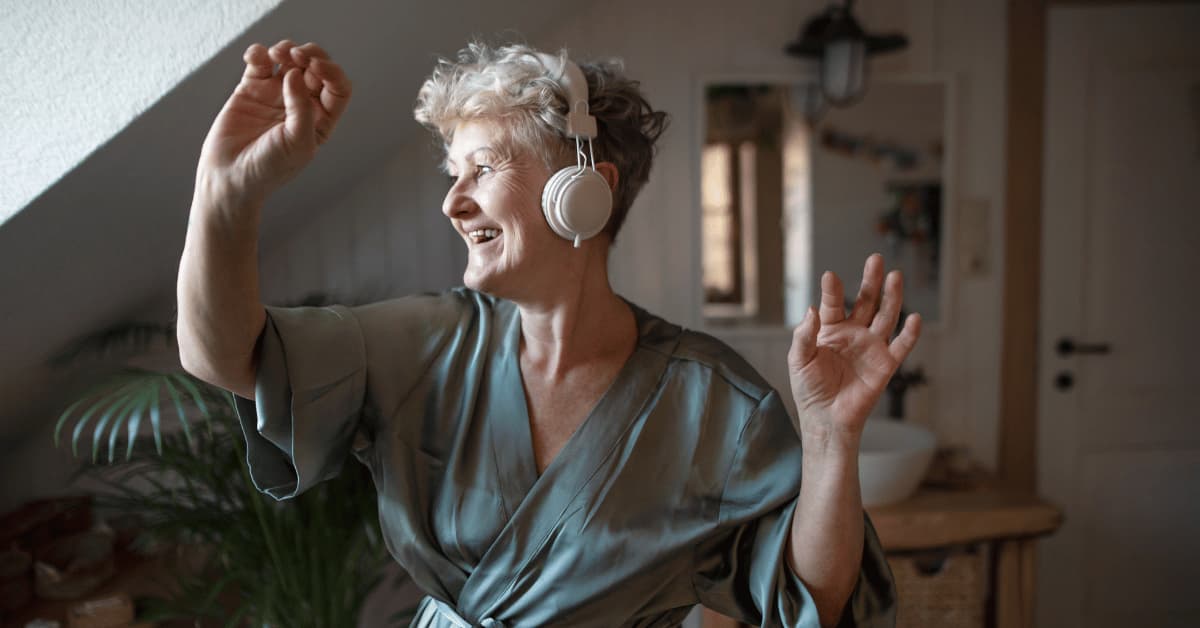
Developing an accepting attitude and engaging in self-compassion practices are vital because resisting or fighting against the blushing response often leads to increased self-consciousness and anxiety.
By accepting blushing as a natural occurrence and embracing self-compassion, you can break free from the cycle of heightened self-awareness and reduce the distress associated with blushing.
If you’re interested in exploring self-compassion as an antidote for social anxiety, you can click here to access our dedicated article that delves into the transformative power of self-compassion in managing social anxiety.
In the next section, we will delve into professional treatment options for addressing the fear of blushing and erythrophobia, including psychotherapy, medications, and other interventions.

V. Professional Treatment Options
When self-help strategies are not sufficient in managing blushing and overcoming erythrophobia, seeking professional treatment can be beneficial. Here are some common treatment options:
A. Psychotherapy
- Cognitive-Behavioral Therapy (CBT): CBT is a widely used therapeutic approach that helps individuals identify and modify negative thought patterns and behaviors associated with blushing and erythrophobia. It aims to challenge irrational beliefs, develop coping skills, and gradually expose individuals to feared situations.
- Exposure Therapy: Exposure therapy involves systematically and gradually exposing individuals to situations that trigger blushing or evoke fear, under the guidance of a therapist. This approach helps desensitize the fear response and promotes a sense of control and confidence in managing blushing episodes.
- Psychodynamic Therapy: Psychodynamic therapy offers a unique perspective on blushing and erythrophobia by exploring unconscious processes and underlying conflicts. In psychodynamic theory, it is hypothesized that blushing may be related to suppressed anger or emotions that have not been properly expressed (Sulz, 2016).
Exploring these dynamics can provide insights into the deeper meaning and personal history that contribute to blushing. Psychodynamic therapy also emphasizes the development of self-compassion, acceptance, and assertiveness.

By the way, if you’re interested in a comprehensive introduction to CBT and exposure therapy, we invite you to click here to explore our guide that provides insights into these evidence-based therapeutic approaches.
Additionally, for a deeper understanding of psychodynamic therapy and its potential benefits, you can click here to access our dedicated article on the subject.
B. Medications
- Selective Serotonin Reuptake Inhibitors (SSRIs): SSRIs are a class of antidepressant medications that can be prescribed to individuals with severe anxiety or erythrophobia. While not specifically approved for erythrophobia, they may help alleviate associated anxiety symptoms.
- Beta-Blockers: Beta-blockers are medications commonly used to treat high blood pressure. They may also be prescribed on an as-needed basis for individuals with erythrophobia to help manage the physical symptoms of anxiety, such as rapid heartbeat and trembling.
C. Sympathectomy
Surgical Intervention: In extreme cases where blushing and erythrophobia significantly impact an individual’s quality of life and all other treatment options have been exhausted, sympathectomy may be considered.
Sympathectomy is a surgical procedure that involves cutting or clamping the sympathetic nerves responsible for triggering facial blushing.
This procedure is typically considered a last resort and carries potential risks and side effects, so careful consideration and consultation with a healthcare professional are essential.

It’s important to note that professional treatment should be pursued under the guidance of a qualified healthcare professional or therapist. They will assess your specific needs and recommend the most appropriate treatment approach based on your individual circumstances.
Remember, every individual is unique, and the effectiveness of different treatments may vary. It’s crucial to have an open and honest discussion with a healthcare professional to explore the options that best suit your needs and goals.
VI: Final Remarks
Blushing and erythrophobia can be challenging experiences, but it’s important to remember that you are not alone. Many people struggle with similar issues, and there is hope for improvement and a better quality of life.
By implementing the strategies and approaches discussed in this article, you can take steps toward managing blushing and overcoming the fear associated with it.
If you’re ready to take further steps in conquering social anxiety and gaining a deeper understanding of its causes and treatments, we invite you to sign up for our free 7-day email course.
This comprehensive course covers everything you need to know about social anxiety, including symptoms, causes, practical tools, medications, and psychotherapies. It will provide you with a roadmap to navigate your journey toward a more confident and fulfilling life.
Remember, seeking professional help from a qualified therapist or healthcare professional is crucial in developing a personalized treatment plan. They can provide individualized guidance and support based on your specific needs and circumstances.
We hope that this article has provided valuable insights and practical strategies to help you manage blushing and erythrophobia. Remember to be patient and kind to yourself as you navigate your journey toward greater self-acceptance and well-being.
Also, if you want to gain additional valuable insights into effectively managing physical anxiety symptoms like blushing, click here to explore our in-depth article dedicated to this subject.

Gilbert P. (2001). Evolution and social anxiety. The role of attraction, social competition, and social hierarchies. The Psychiatric clinics of North America, 24(4), 723–751. https://doi.org/10.1016/s0193-953x(05)70260-4
Laederach-Hofmann, K., Mussgay, L., Büchel, B., Widler, P., & Rüddel, H. (2002). Patients with erythrophobia (fear of blushing) show abnormal autonomic regulation in mental stress conditions. Psychosomatic medicine, 64(2), 358–365. https://doi.org/10.1097/00006842-200203000-00022
Leary, M. R., Britt, T. W., Cutlip, W. D., 2nd, & Templeton, J. L. (1992). Social blushing. Psychological bulletin, 112(3), 446–460. https://doi.org/10.1037/0033-2909.112.3.446
Nikolić, M., Majdandžić, M., Colonnesi, C., de Vente, W., Möller, E., & Bögels, S. (2020). The unique contribution of blushing to the development of social anxiety disorder symptoms: results from a longitudinal study. Journal of child psychology and psychiatry, and allied disciplines, 61(12), 1339–1348. https://doi.org/10.1111/jcpp.13221
Pollentier S. (1992). Wie aus der Erythrophobie eine soziale Phobie wurde. Eine Ubersicht der klinisch-diagnostischen Problematik [How erythrophobia became social phobia. An overview of the clinical-diagnostic topic]. Der Nervenarzt, 63(1), 28–33.
Stefaniak T. J. (2012). Erythrophobia–problems of diagnostics and treatment. Polski przeglad chirurgiczny, 84(6), 322–327. https://doi.org/10.2478/v10035-012-0054-8
Sulz, S. K. D. (2016). Praxisheft: Angst vor dem Erröten. Retrieved from https://www.angstselbsthilfe.de/wp-content/uploads/2016/01/25.pdf

About the Author: Martin Stork
Martin is a professional psychologist with a background in physical therapy. He has organized and led various support groups for people with social anxiety in Washington, DC and Buenos Aires, Argentina. He is the founder of Conquer Social Anxiety Ltd, where he operates as a writer, therapist and director. You can click here to find out more about Martin.

